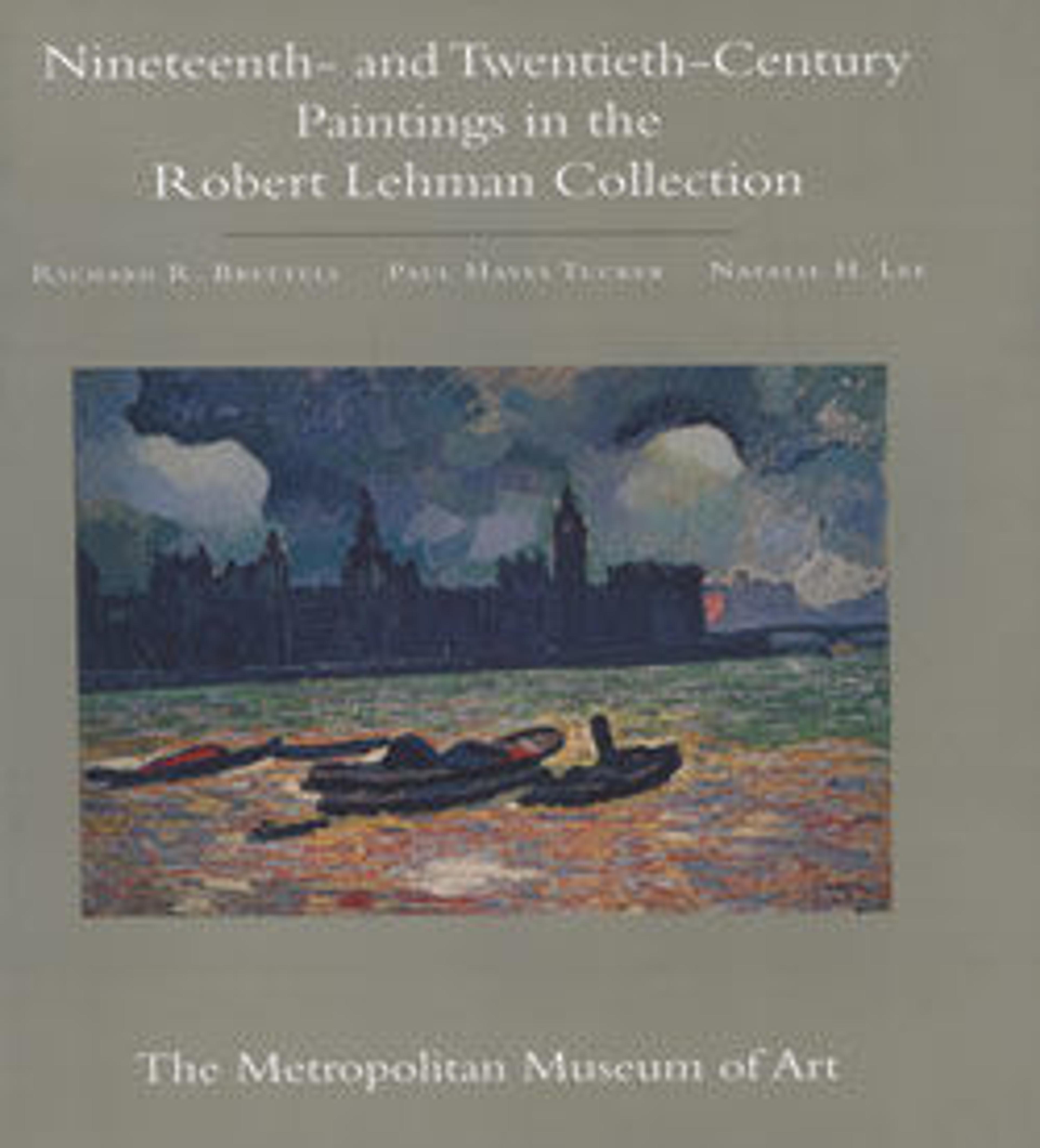Trees and Houses Near the Jas de Bouffan
Paul Cézanne is rightly remembered for his important contribution to the rise of Modernism in the twentieth century. His paintings introduced a novel visual language of form, perspective, and structure, challenging age-old conventions in the formal arrangement of a picture. "Trees and Houses near the Jas de Bouffan" was painted "sur le motif," directly from nature, its view taken south of the Jas de Bouffan, the Cézanne family residence near Aix-en-Provence. Cézanne treats his subject with great economy: his brush marks are lean and articulated, his palette of yellows and greens is relatively simple, and areas of the canvas are unbrushed, exposing ground in patches that read as color. All his life, Cézanne played with spatial relationships in nature, whether working from life or from memory. Here the bare, attenuated trees appear as a frieze against the zones of recessive color, applied as though watercolor, not oil, were the medium.
Artwork Details
- Title:Trees and Houses Near the Jas de Bouffan
- Artist:Paul Cézanne (French, Aix-en-Provence 1839–1906 Aix-en-Provence)
- Date:1885–86
- Medium:Oil on canvas
- Dimensions:26 3/4 × 36 1/4 in. (67.9 × 92.1 cm)
Framed: 38 7/8 × 47 3/4 in. (98.7 × 121.3 cm) - Classification:Paintings
- Credit Line:Robert Lehman Collection, 1975
- Object Number:1975.1.160
- Curatorial Department: The Robert Lehman Collection
Audio
4805. Trees and Houses Near the Jas de Bouffan
0:00
0:00
We're sorry, the transcript for this audio track is not available at this time. Please email info@metmuseum.org to request a transcript for this track.
More Artwork
Research Resources
The Met provides unparalleled resources for research and welcomes an international community of students and scholars. The Met's Open Access API is where creators and researchers can connect to the The Met collection. Open Access data and public domain images are available for unrestricted commercial and noncommercial use without permission or fee.
To request images under copyright and other restrictions, please use this Image Request form.
Feedback
We continue to research and examine historical and cultural context for objects in The Met collection. If you have comments or questions about this object record, please contact us using the form below. The Museum looks forward to receiving your comments.
